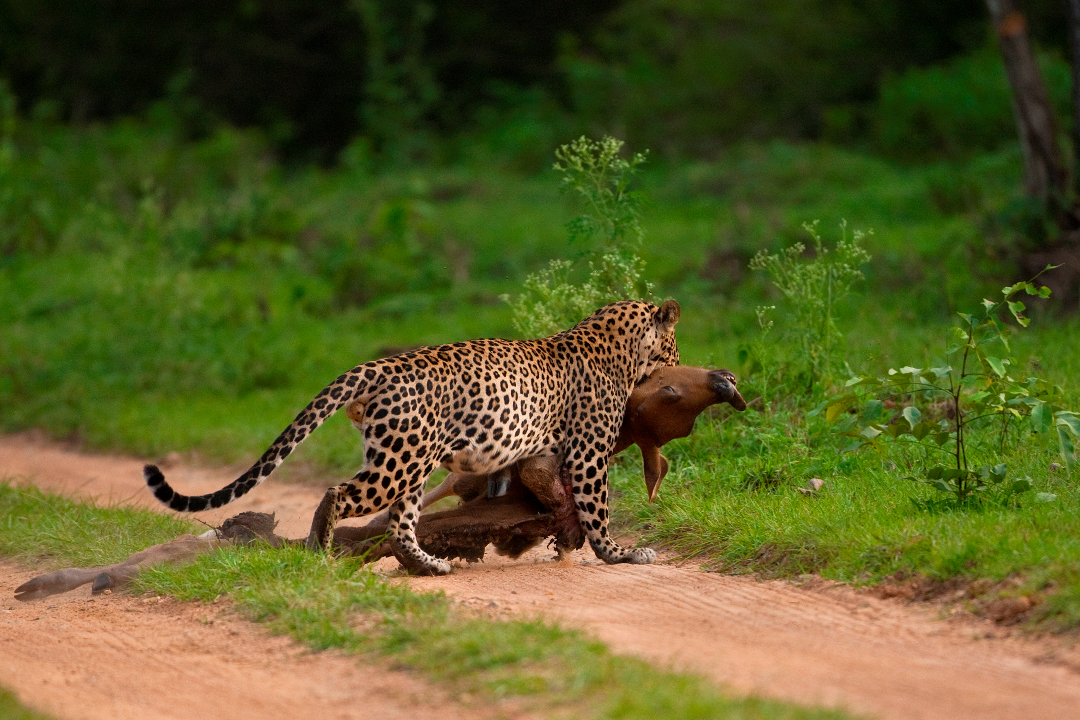

Similarly, it may be better for us to kill predators like Cecil than to do nothing, even if it would be even better if we could humanely remove predators from the environment without killing them. But even if we accept that killing Cecil isn’t the best thing that Walter Palmer could have done, the question remains: was it a good thing to do? Was it better to kill Cecil than to have left things as they were? We would presumably think that it would be better for John’s neighbor to shoot John in order to save the lives of his victims than to do nothing and let his victims die, even if we think it would be even better for her to call the police and report John. For example, we could take the predators out of their natural environment and give them good lives that don’t involve hunting prey. The same is true in Cecil’s case: even if we care about preventing predators from killing other animals, it is surely better to do this humanely than to kill them. After all, she should have turned John into the police rather than killing him. Her action is analogous to those of Cecil’s killer, but we would still not applaud her action. When John’s neighbor discovers this, she shoots John, thereby saving the lives of all of his future victims.
PREY ANIMALS SERIAL
Suppose we know that John is a serial killer who is intent on murdering several people over the next year. Consider an analogous case involving humans. Animal activists might respond that understanding the plight of prey animals doesn’t justify the killing of their predators. We understand that this will be a controversial claim. If animal activists care about wild animals as much as they care about domestic animals, then these are two main causes of suffering and death among wild animals that they should try to prevent. Just as we may be able to alleviate the suffering caused to wild animals by disease or natural disasters, we might also be able to do something about predation and the often-brutal competition that permeates the natural food chain. If we believe that we should protect animals from unnecessary suffering and death, then it seems that we should be focusing much more on reducing the non-human causes of animal suffering and death that occur almost continuously in the wild. Agonized suffering and violent death are ubiquitous and continuous.” Who is working to alleviate their suffering? As the philosopher Jeff McMahan writes: “Wherever there is animal life, predators are stalking, chasing, capturing, killing, and devouring their prey.

But there are estimated 60 billion land birds and over 100 billion land mammals living in the wild. It is true (and terrible) that an estimated 20 billion chickens were born into captivity in 2013 alone, many of whom live in terrible conditions in factory farms. But we’re not the only ones who hunt and kill. The animal welfare conversation has generally centered on human-caused animal suffering and human-caused animal deaths.


 0 kommentar(er)
0 kommentar(er)
